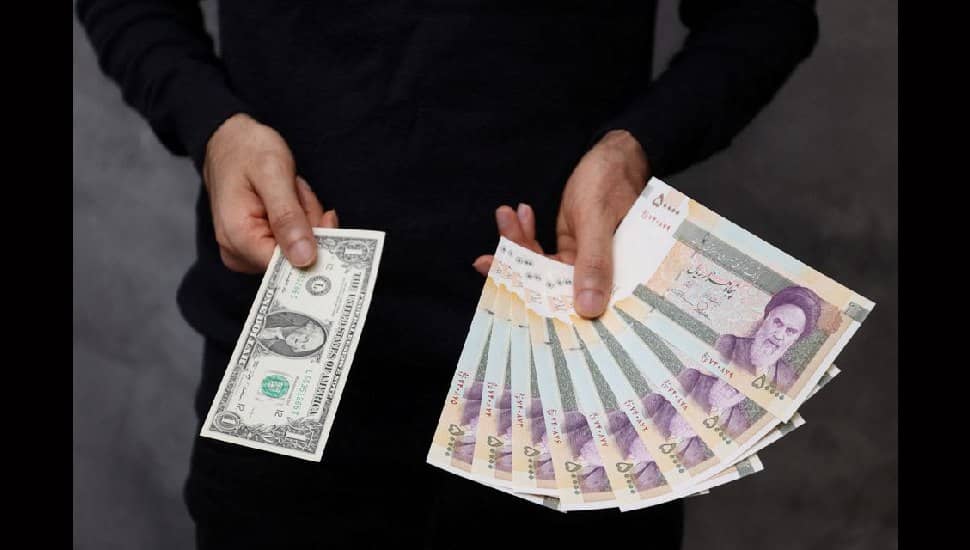

This decline is set against a backdrop of soaring foreign currency rates, stirring unease among both the markets and the populace.
Currency rates, a vital economic barometer, in Iran, reflect the confluence of political conditions and the influence of ruling elites. Political events, including election cycles, international tensions, and regional conflicts, notably the Gaza situation, have historically triggered market volatility. The upcoming 2024 US presidential election, with the potential return of figures like former President Donald Trump and the Republican Party, looms as a catalyst for further fluctuations.
As the Persian New Year approaches, an upward trend in the currency market is observable. However, this is tempered by the prospects of peace negotiations or interim agreements between Hamas and Israel. The anticipation surrounding the 2024 US elections suggests intensified market volatility, with potential repercussions for the rial should the Republicans secure a victory.
Watch and judge what’s behind #Iranian regime’s pump and dump tactics in the #currency market pic.twitter.com/SNZTU6CkNy
— NCRI-FAC (@iran_policy) March 26, 2023
The rial’s depreciation is also driven by domestic issues, including stagnant economic growth and spiraling liquidity. Despite minimal economic expansion over the past decade, liquidity has surged, exacerbating the currency’s weakness against the dollar.
Iran’s economic vulnerability, exacerbated by the ruling establishment’s policies and the daily influx of news, underscores the challenges in stabilizing the rial’s value. Although lifting sanctions could theoretically bolster economic growth and mitigate inflation, Iran increasingly relies on tax revenues due to the constraints of international sanctions.
Officials attribute the economic malaise to a combination of sanctions and managerial inadequacies, with leadership conceding that mismanagement and endemic corruption are predominant factors. This acknowledgment hints at deep-seated challenges that extend beyond external pressures.
Watch and judge why #Iran’s currency is taking a rapid dive pic.twitter.com/nLBsEuBorB
— NCRI-FAC (@iran_policy) February 24, 2023
The government’s attempts to artificially regulate prices, contrasted with the free market’s dynamics, reveal a stark discrepancy in exchange rates. Such interventions, though intended to stabilize the economy, often result in volatility, underscoring the complexity of balancing exchange rates with public fiscal policies.
As Iran navigates these turbulent economic waters, the interplay of internal and external factors continues to dictate the rial’s fate. The pursuit of a stable currency, amid fluctuating market conditions and political uncertainties, remains a daunting challenge for the Iranian government and its people.

MEK Iran (follow us on Twitter and Facebook), Maryam Rajavi’s on her site, Twitter & Facebook, NCRI (Twitter & Facebook), and People’s Mojahedin Organization of Iran – MEK IRAN – YouTu







